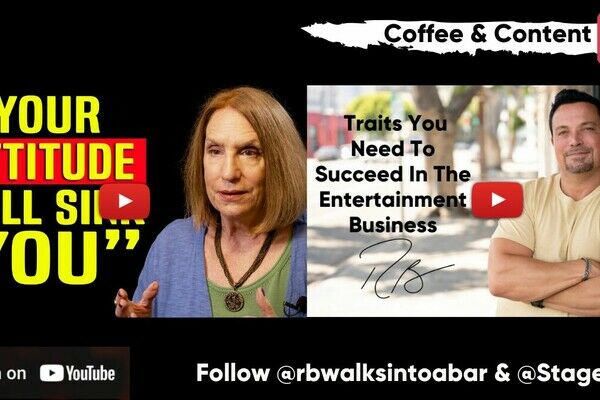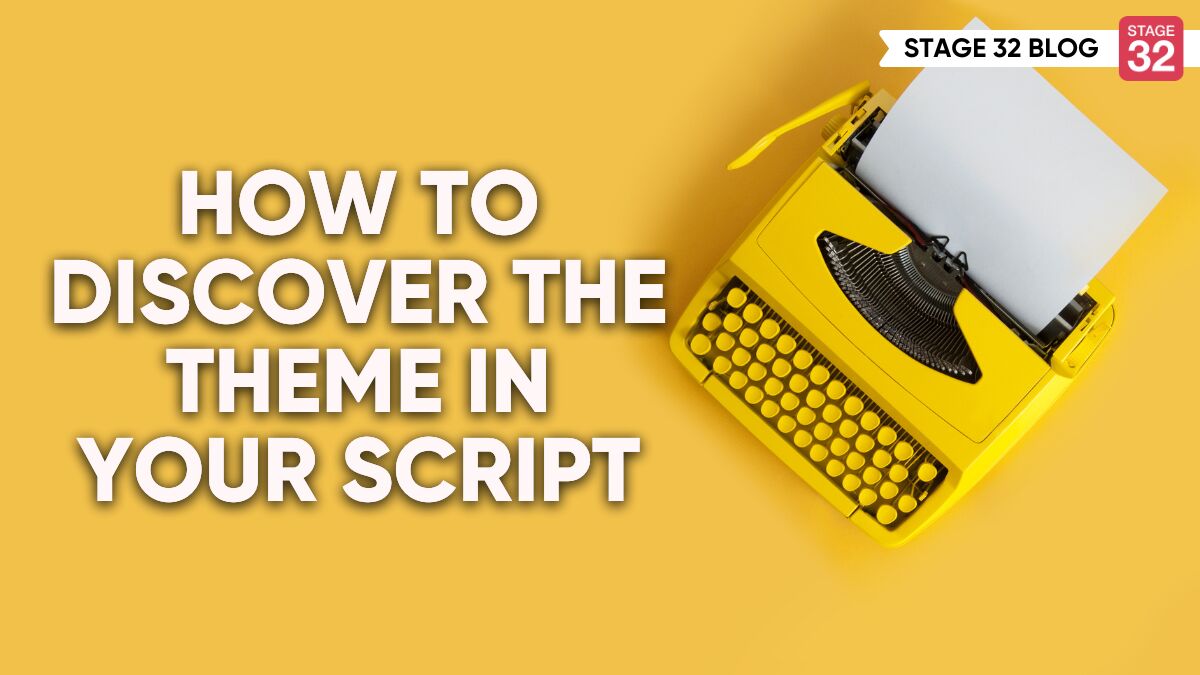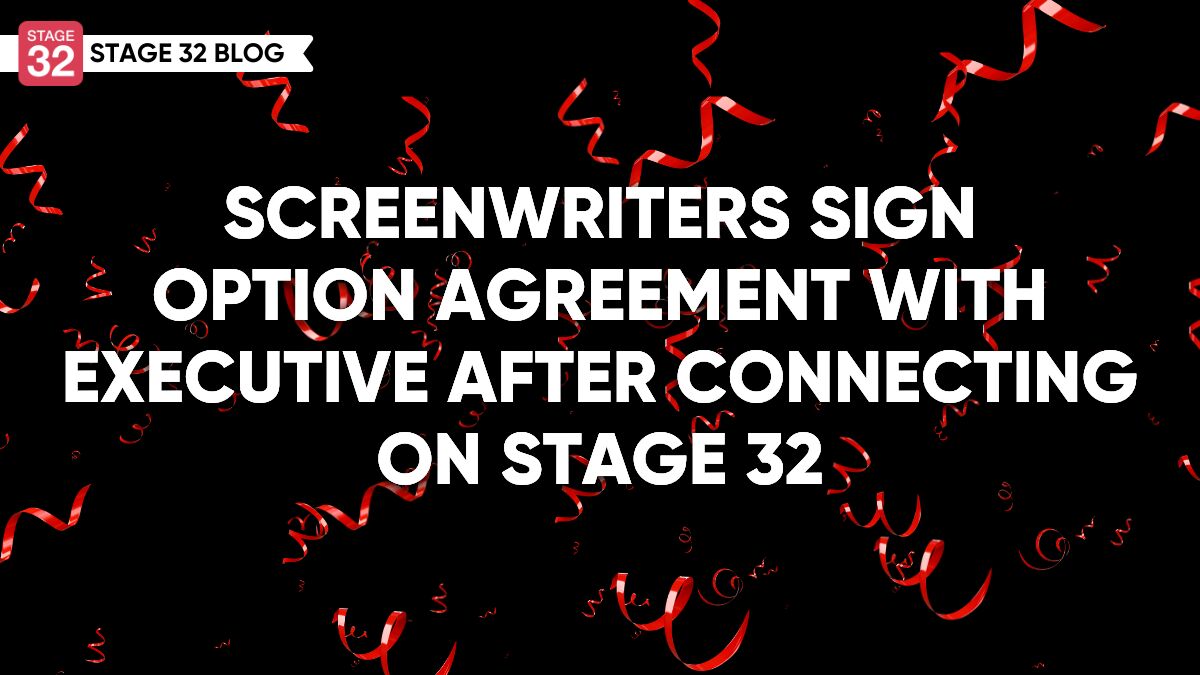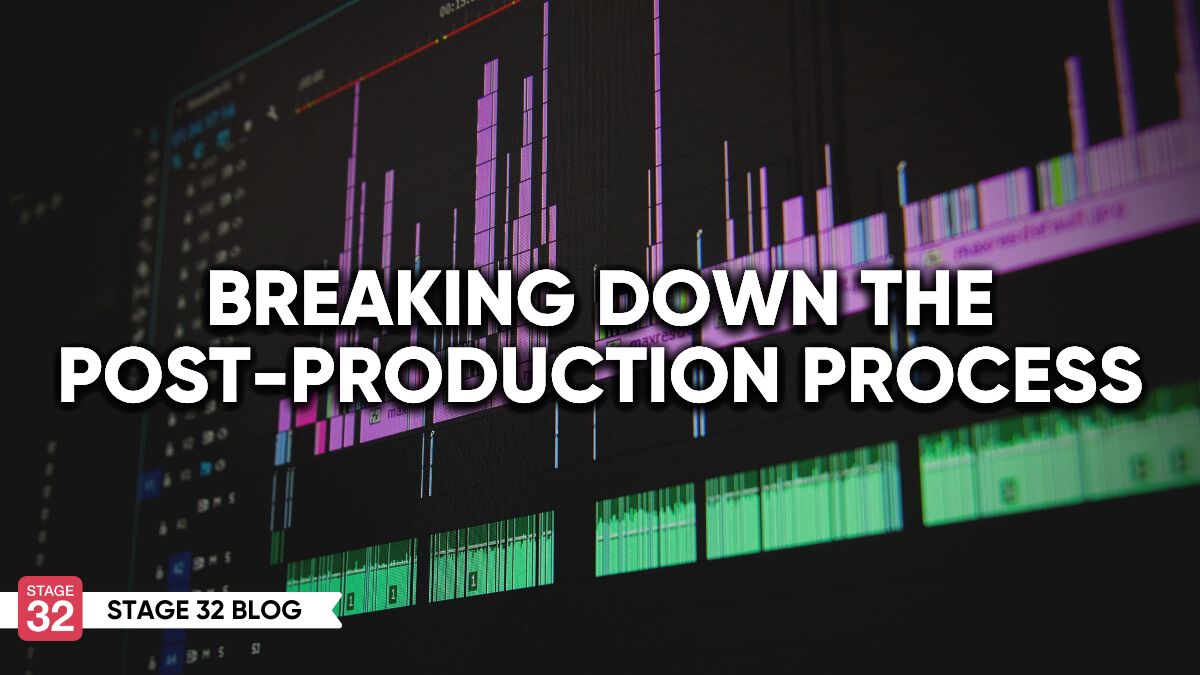Breaking Down The Post-Production Process
Are you dreaming of becoming a filmmaker? Do you have an idea for a film that you're ready to bring to life? If so, you're in the right place. While you might be thinking about those days on set, it's what comes after them that can make or break your project. Editing is a crucial part of the filmmaking process, and it can be one of the most rewarding. Let's go through what you need to make it happen...
Beginning the Editing Process
Before you start editing your film, you need to make sure you have all the necessary tools and equipment. You'll need a computer with editing software installed, as well as a hard drive or another storage device to keep your footage. You'll also need a comfortable workspace, ideally with a large monitor or dual monitors to make it easier to see your footage and timeline. Once you have all your equipment set up, it's time to prepare your footage. If you shot your film yourself, make sure you have all the raw footage saved in one location. If you're working with a team or hiring a videographer, make sure you have access to all the raw footage.
Understanding the Editing Software
Now that you're prepared, it's time to dive into the editing software. There are many different options out there, but two of the most popular are Adobe Premiere Pro and Final Cut Pro. Both of these programs have a steep learning curve, but with practice, you'll become more comfortable using them. The first thing you'll want to do is create a new project in your editing software. This will allow you to import your footage and start editing. Once you've created your project, you can start importing your footage. Make sure you import all the footage you'll need for your film, including audio files if you have them.

Importing and Organizing Raw Footage
Once you've imported your footage, it's time to organize it. This is where having a plan comes in handy. You can organize your footage by scene, take, or shot, depending on your preference. You can also create folders for different types of footage, such as b-roll or interviews. Once you have your footage organized, it's time to start editing. The first step is to create a rough cut. This is where you'll cut and arrange your footage into a basic sequence. You'll want to start with your best shots and work your way down.
Cutting and Arranging Footage into a Rough Cut
Creating a rough cut is all about finding the best shots and arranging them in a way that tells a cohesive story. You'll want to look for shots that are visually interesting and help move the story forward. You can trim your shots by dragging the edges of the clip in the timeline. As you're cutting your footage, keep in mind the pacing of the film. You want to keep your audience engaged, so make sure the pacing is consistent and not too slow or too fast. You can also experiment with different shot lengths to see what works best.
Refining the Edit with Transitions, Effects, and Color Correction
Once you have your rough cut, it's time to refine the edit. This is where you'll add transitions, effects, and color correction to your footage. Transitions are used to smooth out the cuts between shots, while effects can be used to add visual interest or enhance the mood of the scene. Color correction is another important part of refining the edit. This is where you adjust the colors and brightness of your footage to make it look more professional. You can use tools like the color wheels or curves to adjust the color balance and contrast.

Adding Music and Sound Effects
Music and sound effects are crucial to creating a memorable film. They can help set the mood and create emotional connections with your audience. You can use royalty-free music or hire a composer to create an original score for your film. Sound effects can also add to the overall experience of your film. You can use sound effects to enhance the realism of a scene or to create a sense of tension or excitement. You can find sound effects online or create your own using a microphone and some household items.
Exporting and Delivering the Final Product
Once you've finished editing your film, it's time to export and deliver the final product. You'll want to export your film in the highest quality possible so that it looks good on any device. You can export your film in a variety of formats, including MP4, MOV, or AVI. Once you've exported your film, it's time to deliver it to your audience. You can upload it to YouTube, Vimeo, or other video sharing platforms, or you can host a screening for your friends and family. Don't forget to promote your film on social media and other platforms to get more exposure.
Celebrating Your Finished Film
Congratulations, you've made it to the end of the editing process! Editing a film can be challenging, but it's also incredibly rewarding. With the right tools and techniques, you can turn raw footage into a polished and professional final product. Remember, every film is different, and there's no one-size-fits-all approach to editing. The most important thing is to experiment and have fun. Don't be afraid to try new things and take risks. Who knows, you may just create the next big hit!
If you're looking to learn how to edit video or more about the post-production process, be sure to check out these great webinars from award-winning editor and storyteller Won Novalis:
Breaking Down the Editing Process from Pre-Production to Post-Production
Editing Tips: How to Fix Common Production and Story-Related Problems
Let's hear your thoughts in the comments below!
Got an idea for a post? Or have you collaborated with Stage 32 members to create a project? We'd love to hear about it. Email Emily at blog@stage32.com and let's get your post published!
Please help support your fellow Stage 32ers by sharing this on social. Check out the social media buttons at the top to share on Instagram @stage32 Twitter @stage32 Facebook @stage32 and LinkedIn @stage-32
| How To Discover Your Theme In Your Script |
| Screenwriters Sign Option Agreement With Executive After Connecting On Stage 32 |
Search Stage 32 Blog
There are now 3693 blog posts for you to enjoy. Search them all by tags below.
Acting, Advice, Cinematography, Coffee & Content, Composing, Contests, Distribution, Featured, Filmmaking, Financing, Inspirational, Networking, Producing, Screenwriting, Success Stories, Tips, Trending,Relevant Tags
Recommended Articles

6 Things To Know About Script Legal Research

Announcing the 2nd Annual Period Piece Screenwriting Contest

Why Write About Your Experiences Through Fantastical Lenses?

Why Filmmakers Must Study Birdman: Lessons in Screenwriting, Dark Humor, and Storytelling

Paradise Falls: A Christmas Story - A Journey of Dreams, Collaboration, & Gratitude

Celebrate the November 2024 Stage 32 Community’s Successes
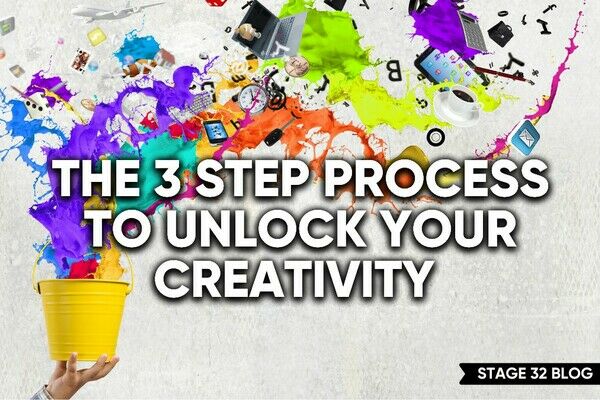
The 3 Step Process To Unlock Your Creativity

7 Lessons I Learned From Film Festival Rejections

Mapping Out a Multi-Season Story Part 2: Where Do You Get Ideas For This Much Story?
